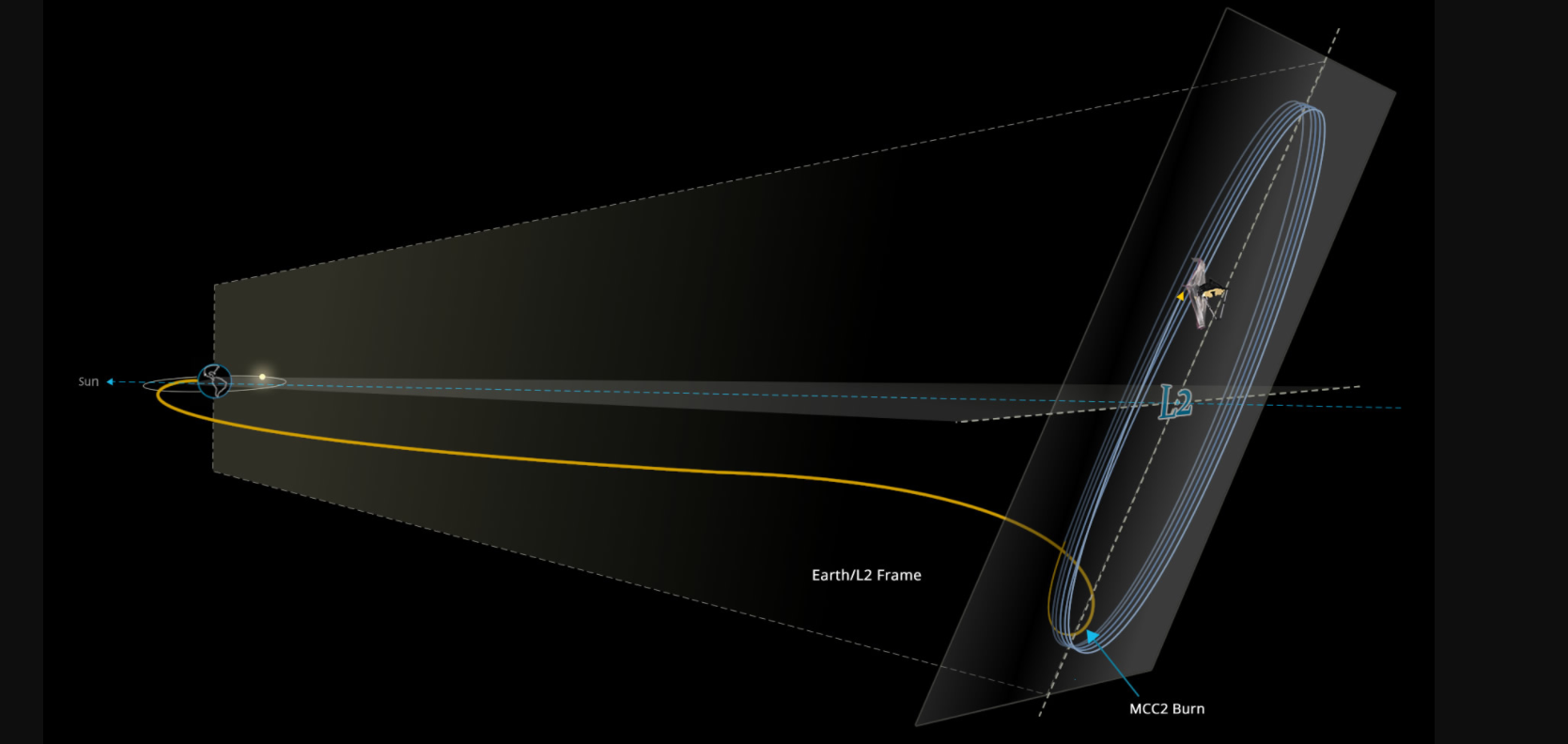
Credit: NASA
CAPE CANAVERAL—A month after launching aboard an Arianespace Ariane 5 rocket, the James Webb Space Telescope (JWST) on Jan. 24 reached its operational orbit about 940,000 mi. from Earth. At 2 p.m. EST, JWST fired its onboard thrusters for a third and final course correction maneuver since its launch...
Subscription Required
This content requires a subscription to one of the Aviation Week Intelligence Network (AWIN) bundles.
Schedule a demo today to find out how you can access this content and similar content related to your area of the global aviation industry.
Already an AWIN subscriber? Login
Did you know? Aviation Week has won top honors multiple times in the Jesse H. Neal National Business Journalism Awards, the business-to-business media equivalent of the Pulitzer Prizes.
